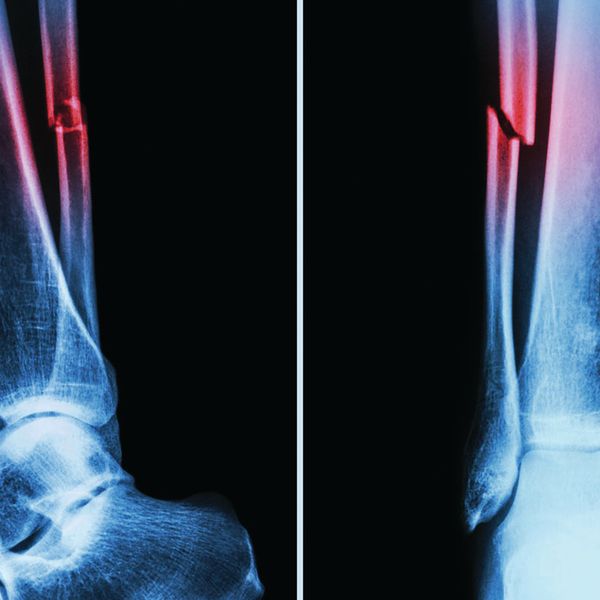Can aches and pains become recordable on the OSHA 300 Log?
OSHA defines an injury or illness as an “abnormal condition or disorder” like a cut, fracture, sprain, or rash. If an employee experiences soreness or stiffness after a long day, is that an “abnormal condition” for the 300 Log?
To address this question, OSHA noted that the term “injury” applies to recordable cases that (among other things) result in medical treatment, restrictions, or days away. If those outcomes don’t occur, then the question is moot because the employer would not have to record the case.
For related information, see our article Can I get a second opinion? I want to delete an OSHA recordable.
Muscle soreness
An employer asked whether muscle soreness from performing new work activities would be an abnormal condition. OSHA replied that the term “injury” was intended to capture cases that “reflect an adverse change in the employee’s condition that is of some significance.” Normal fatigue or aches are not significant changes that rise to the level of abnormal conditions.
OSHA does warn that an abnormal condition may exist even if diagnostic testing does not show anything unusual. For instance, an employee experiencing sharp pain, tingling, numbness, or similar symptoms may have an abnormal condition. However, OSHA also noted that employers need only record injuries (not symptoms) on the 300 Log. Even if work-related muscle soreness suggests an abnormal condition, it would become recordable only if it requires days away, restrictions, medical treatment, etc.
Employers should therefore focus more on whether such a case meets the recording criteria. If a work-related condition results in medical treatment (such as prescription medication), or if a health care professional recommends work restrictions, the case would be recordable.
Medical treatment
One challenge is that a health care professional’s recommendation for a prescription medication counts as medical treatment even if the employee never fills the prescription. If an employee is a bit more sore than usual after work and visits a doctor who gives a prescription for 800 mg of ibuprofen, the case would become recordable.
However, going to a hospital doesn’t automatically make a case recordable. OSHA defines medical treatment as “management and care of a patient to combat disease or disorder.” Diagnostic procedures like x-rays, MRIs, or CT scans do not make a case recordable. Those procedures only help determine if an abnormal condition exists.
Preventative restrictions
What if the employee is sore and visits a doctor, but does not need medical treatment or restrictions? If the doctor says the employee can perform all job duties, the employer may assign restrictions to prevent a more serious condition from developing, without recording the case. Specifically, OSHA said that a case is not recordable if:
- The employee experiences minor musculoskeletal discomfort, and
- A health care professional determines that the employee is fully able to perform all routine job functions, and
- The employer assigns a work restriction to that employee for the purpose of preventing a more serious condition from developing.
Normally, if an employer imposes restrictions, the case becomes recordable, so this exception applies only when all three conditions are met. However, it lets employers allow an employee to “take it easy” for a while without recording the case on the 300 Log.
Key to remember: Normal fatigue or muscle soreness is not an abnormal condition or injury, according to OSHA. However, if the employee requires medical treatment or restrictions, the condition would be recordable.
































































